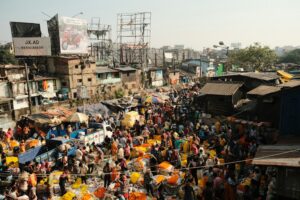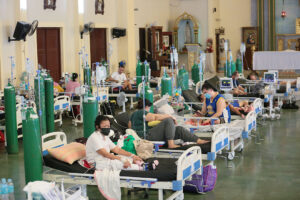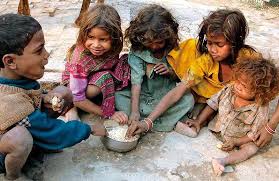Introduction
Poverty is a global issue affecting millions of people around the world. It is not just the lack of money but also the absence of basic necessities such as food, clean water, education, and healthcare. Understanding poverty, its causes, effects, and potential solutions is crucial in addressing this crisis.

Causes of Poverty
1. Unemployment and Underemployment
Lack of job opportunities forces people into poverty. Many are unable to find stable employment or earn wages that meet their basic needs.
2. Lack of Education
Education is a fundamental way out of poverty, but millions of children, especially in developing countries, lack access to quality education.
3. Economic Inequality
The widening gap between the rich and poor leads to systemic poverty, where wealth is concentrated among a small percentage of the population.
4. Political Instability and Corruption
Poor governance, corruption, and conflict contribute significantly to poverty by misallocating resources and weakening economic development.
5. Overpopulation
A rapidly growing population puts pressure on available resources, making it difficult for governments to provide adequate services and job opportunities.
6. Natural Disasters and Climate Change
Droughts, floods, and other natural disasters destroy homes, farmlands, and livelihoods, pushing vulnerable communities further into poverty.
7. Lack of Access to Healthcare
Without affordable healthcare, illnesses can lead to financial ruin, preventing families from escaping poverty.

Effects of Poverty
1. Malnutrition and Hunger
Lack of food and proper nutrition leads to stunted growth, weakened immune systems, and high child mortality rates.
2. Poor Health Conditions
Poverty-stricken communities suffer from diseases due to poor sanitation, lack of clean water, and inadequate medical care.
3. Limited Education Opportunities
Children in poverty often drop out of school to support their families, continuing the cycle of poverty.
4. Increased Crime Rates
Desperation can lead individuals to engage in illegal activities to survive.
5. Homelessness
Many poor individuals and families end up without a home due to the inability to afford housing.
6. Social and Psychological Stress
Constant financial struggles cause anxiety, depression, and social isolation, leading to mental health issues.

Solutions to Poverty
1. Improving Education Systems
Providing free and quality education helps break the cycle of poverty by equipping individuals with skills for better job opportunities.
2. Job Creation and Economic Growth
Encouraging entrepreneurship, industrial development, and fair wages can reduce unemployment and uplift communities.
3. Implementing Social Welfare Programs
Governments should offer financial aid, food programs, and affordable housing to support struggling populations.
4. Better Governance and Anti-Corruption Measures
Eliminating corruption and ensuring transparent use of resources can lead to better infrastructure and services.
5. Sustainable Development and Climate Action
Investing in renewable energy, sustainable farming, and disaster preparedness helps mitigate environmental impacts on poverty.
6. Expanding Healthcare Access
Affordable healthcare services reduce the financial burden of medical expenses and improve overall well-being.
7. Microfinance and Small Business Support
Providing small loans and financial education can empower individuals to start their own businesses and become self-sufficient.
Conclusion
Poverty is a complex issue, but with collective efforts from governments, organizations, and individuals, it can be eradicated. Investing in education, economic development, and social support systems is key to creating a world where everyone has the opportunity to thrive.



